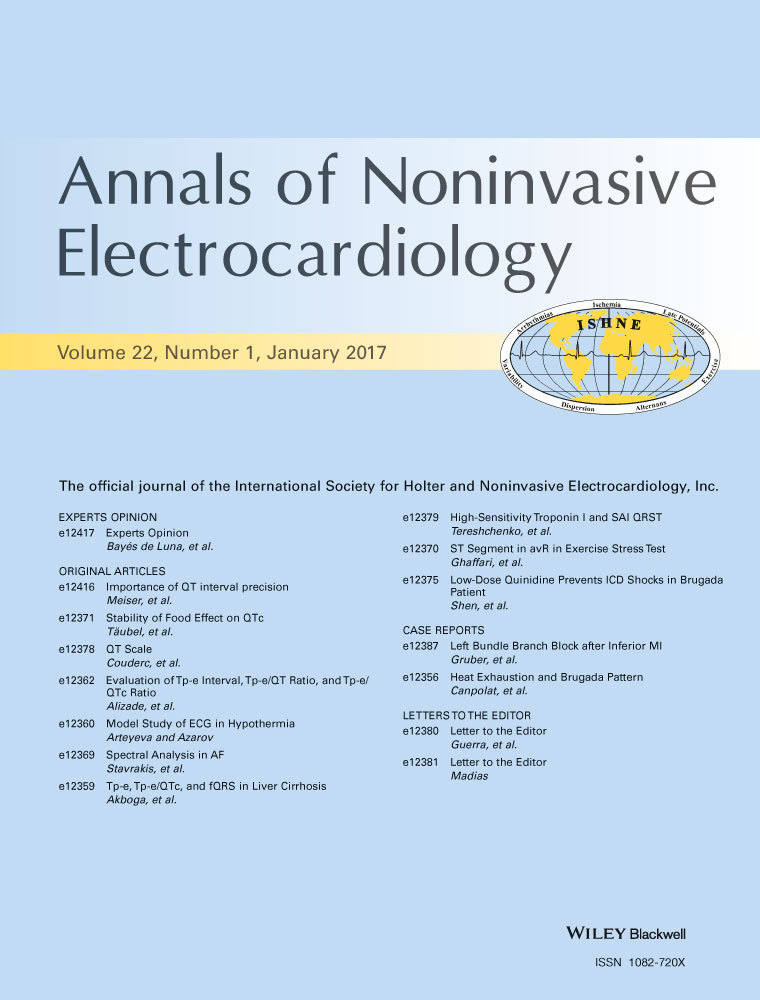Predictive Value of Exercise Stress Test–Induced ST–Segment Changes in Leads V1 and avR in Determining Angiographic Coronary Involvement
Abstract
Background
The significance of electrocardiographic changes during exercise tolerance testing for distinguishing occluded artery is not well known. We tried to determine the role of ST elevation in leads aVR and V1 during exercise in detecting stenosis of left main coronary artery and proximal left anterior descending artery.
Methods
ST segment changes during exercise in 230 patients, who underwent diagnostic angiography, were documented. The association of ST elevation in lead aVR, V1, leads aVR + V1, and STE in leads aVR + V1 with ST depression in other leads with pattern of coronary stenosis were investigated.
Results
Left main and proximal left anterior artery stenosis were more common in patients with ST elevation in lead aVR (P < 0.001 for both). Similar association was found in the presence of ST elevation in lead V1. The presence of ST elevation ≥1 mm in lead aVR had a sensitivity of 100% and 94.3% for detecting left main and left anterior descending artery stenosis, respectively. The specificity was 33.5% and 26.6%, respectively. ST elevation in leads aVR + V1 had a sensitivity of 74.4% and 65.9% and a specificity of 68.5% and 64.4% for detecting left main and left anterior descending arteries stenosis, respectively.
Conclusion
ST elevation in lead aVR is highly sensitive for left main and proximal left anterior descending artery lesions. Using ST elevation in lead V1 in addition to lead aVR as a positive finding increases the specificity with a further decrease in sensitivity.




